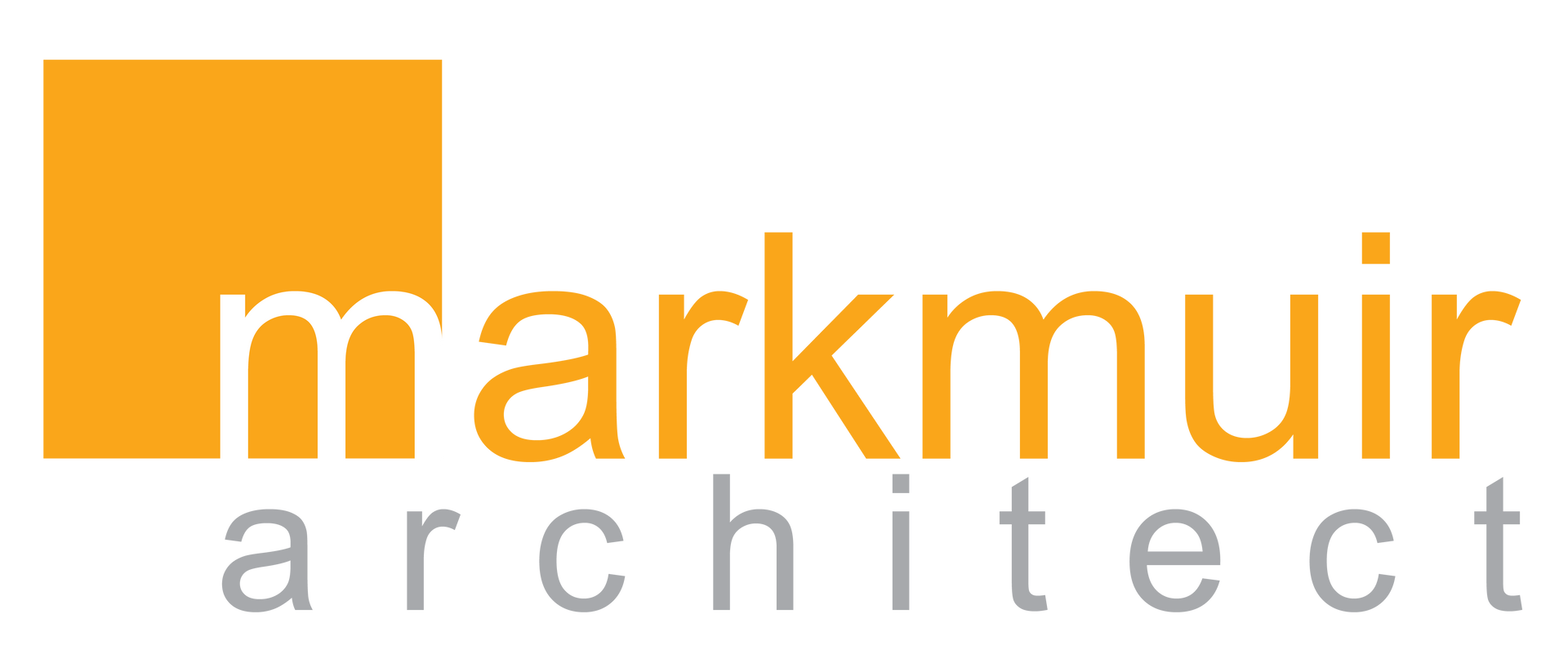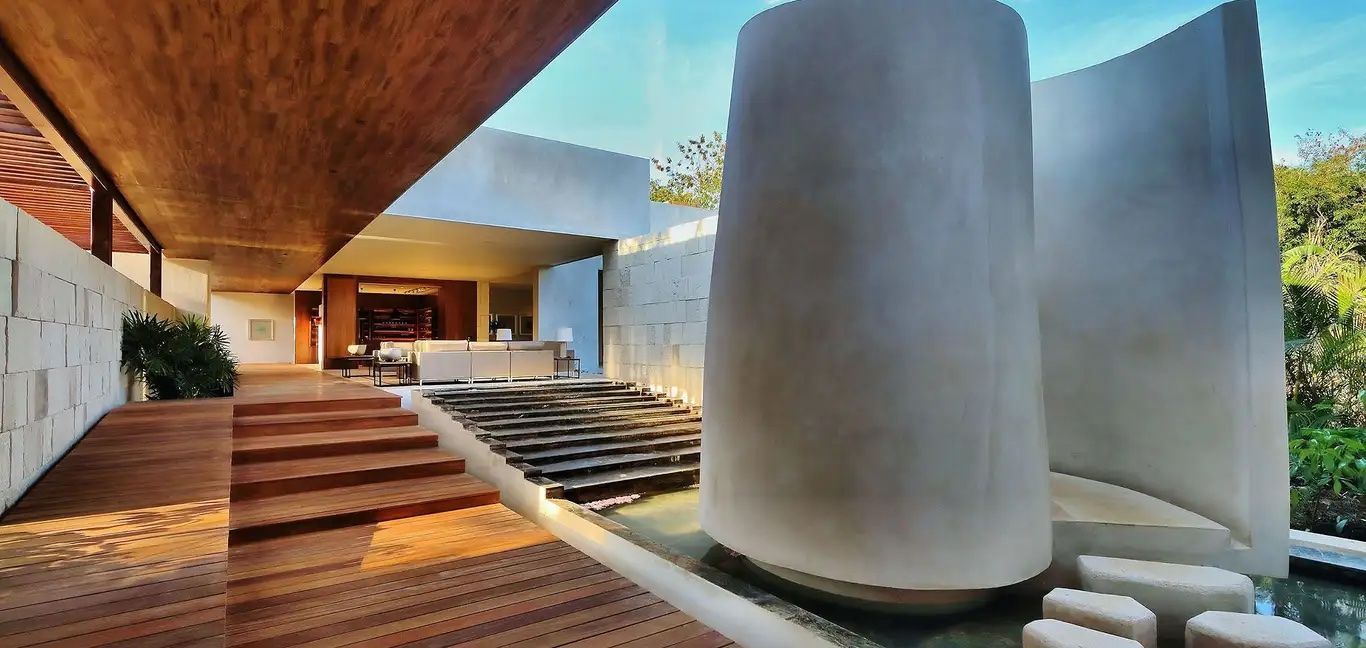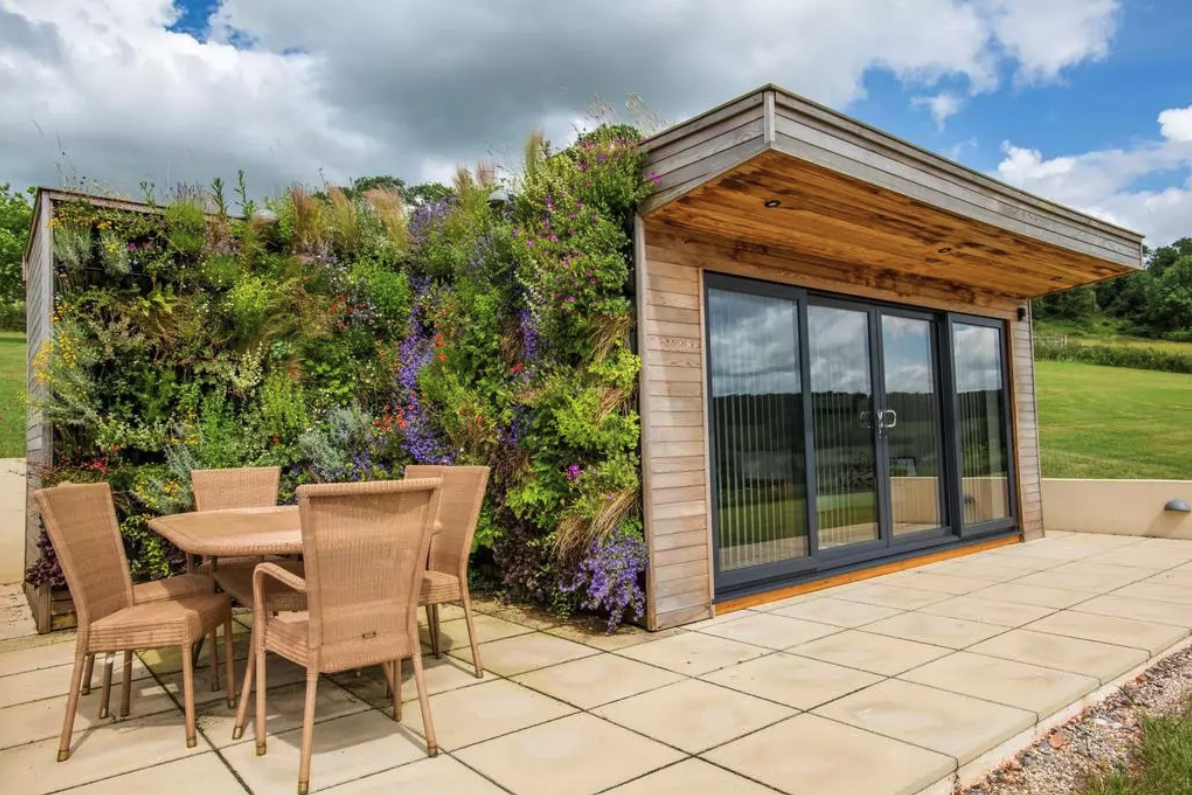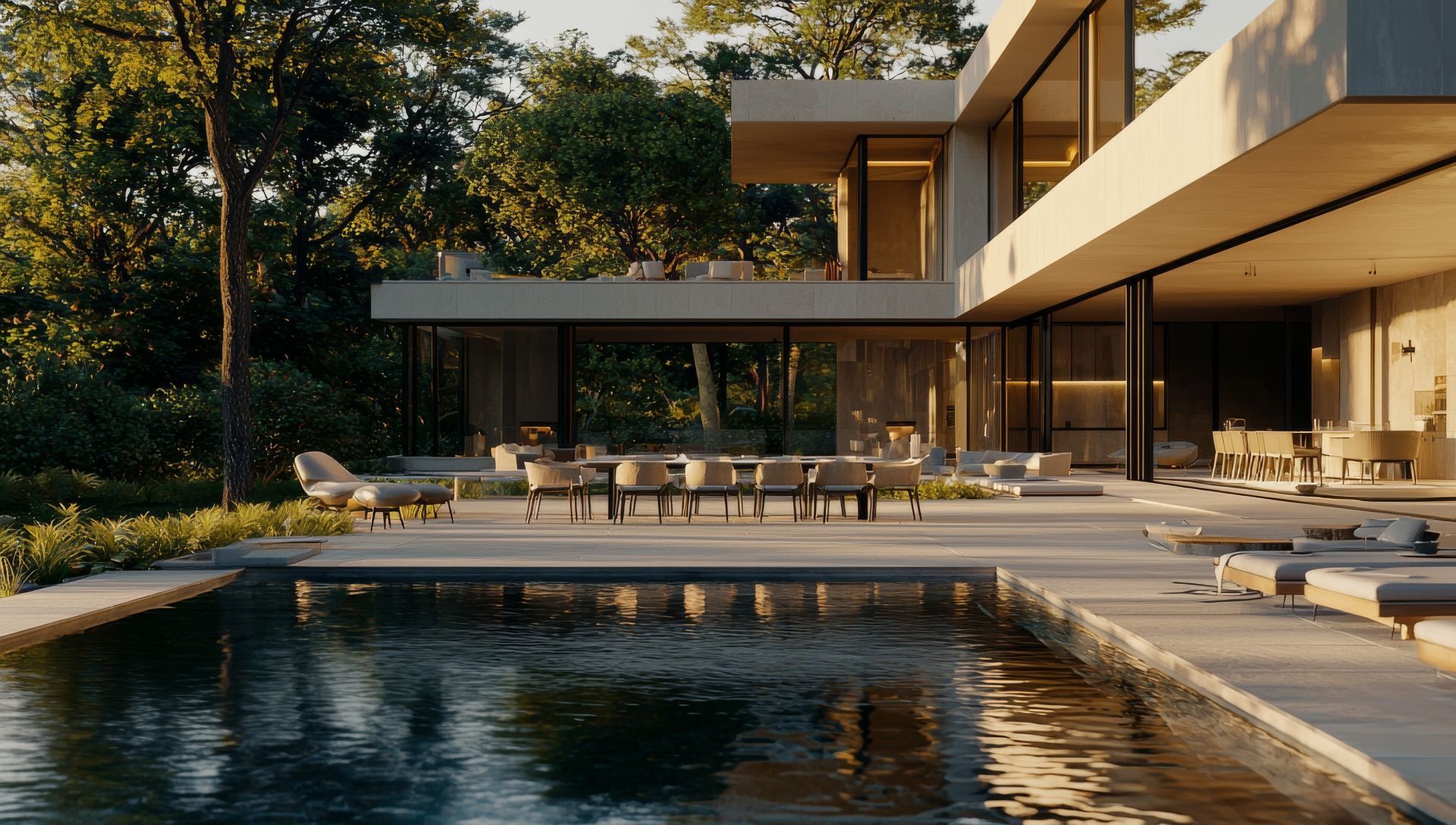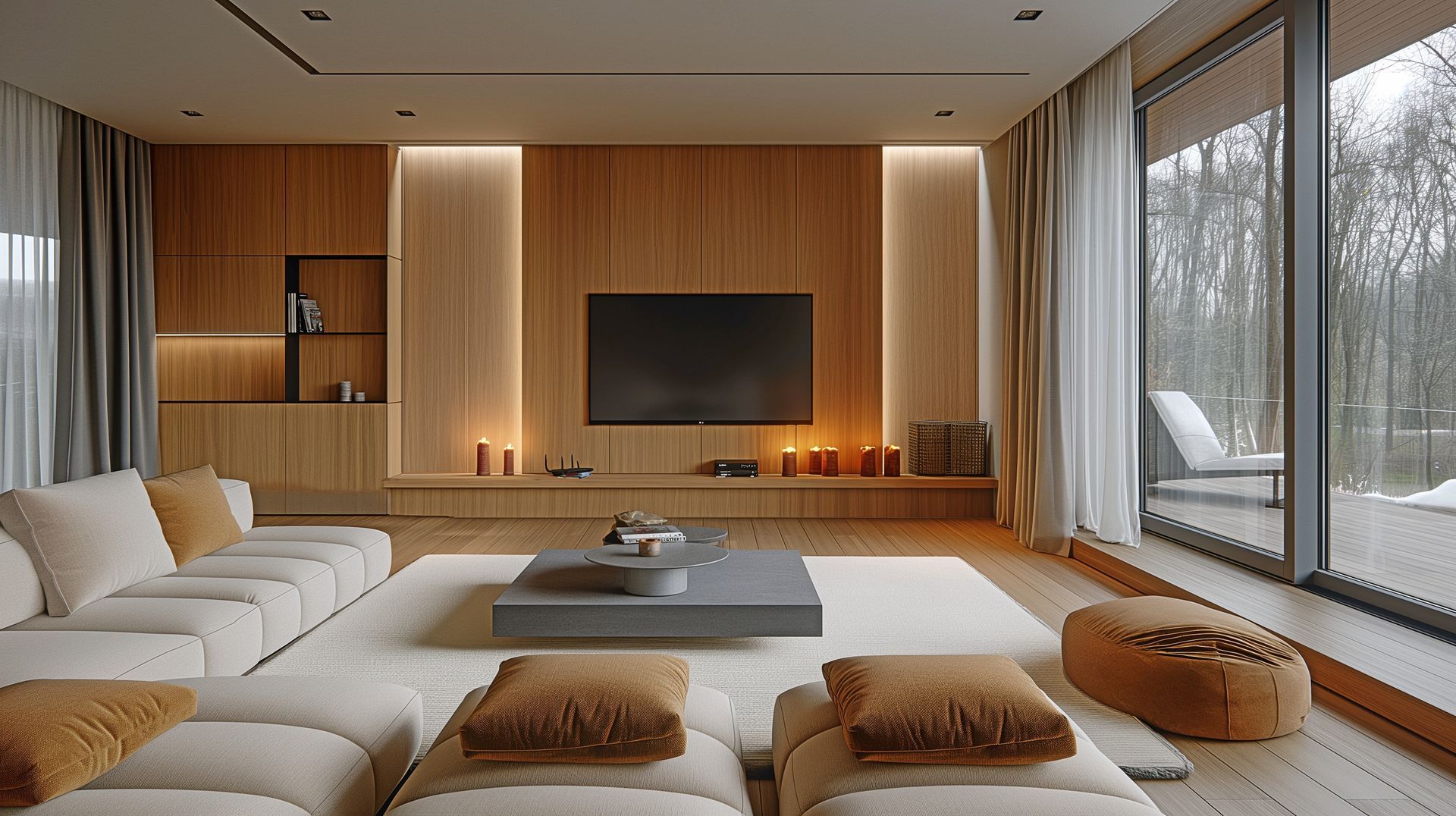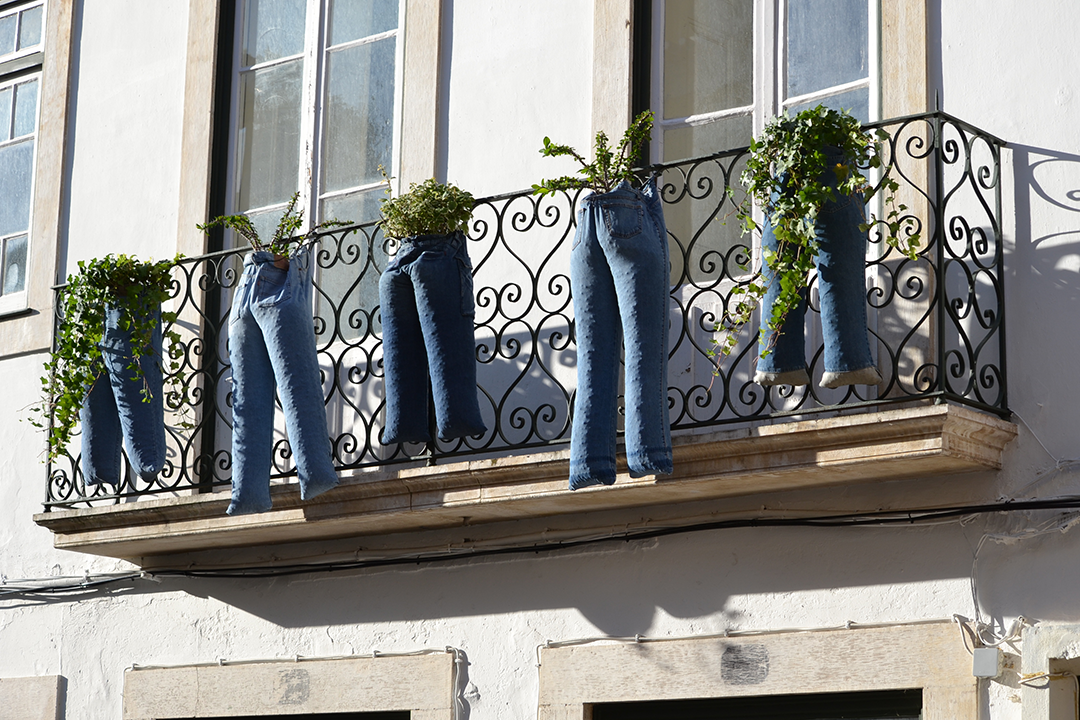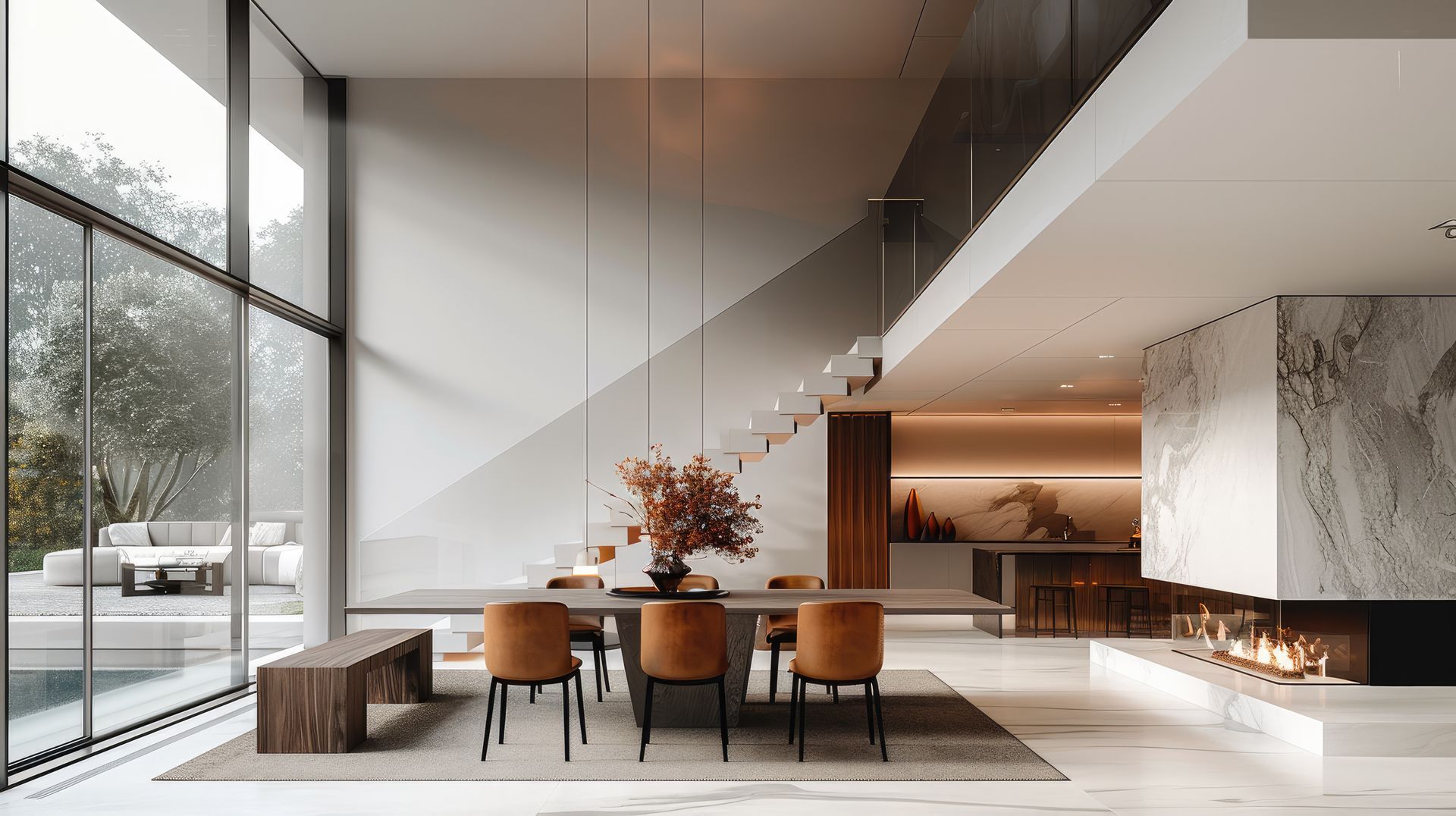Examples of Sustainable Architecture
“An important approach to creating buildings that are environmentally responsible and promote a healthier and more sustainable future for our planet.”
The Edge in Amsterdam: This building is considered one of the greenest buildings in the world, with features such as solar panels, rainwater harvesting, and a smart lighting system that adjusts to occupancy levels. The Edge also incorporates, my favourite, a biophilic design, which incorporates natural elements into the building to improve well-being and air quality.
1 The Bullitt Center in Seattle: This building is designed to be net-zero energy, meaning that it produces as much energy as is consumed. It incorporates features such as solar panels, rainwater harvesting, and a composting toilet system. Additionally, the building is designed to maximise natural light and ventilation to reduce energy consumption.
2 University College Dublin Centre for Creative Design by C F Moller: This building incorporates design principles such as passive solar design, green roofs, and rainwater harvesting. It also uses natural materials such as timber and stone, which have a lower environmental impact than traditional building materials.
3 Vancouver Convention Centre: This building incorporates a number of sustainable design features, including a seawater heating and cooling system, green roofs, and a living wall that helps to improve air quality. Additionally, the building is designed to maximise natural light and ventilation, and has been certified as LEED Platinum, the highest level of US certification.
These are just a few shining examples of sustainable architecture, but there are many other innovative and inspiring buildings that incorporate similar design principles. Promoting sustainable architecture creates buildings that are essentially environmentally responsible, socially conscious, and economically feasible.
#MarkMuirArchitect #SocialValues #EthicalArchitecture
.
